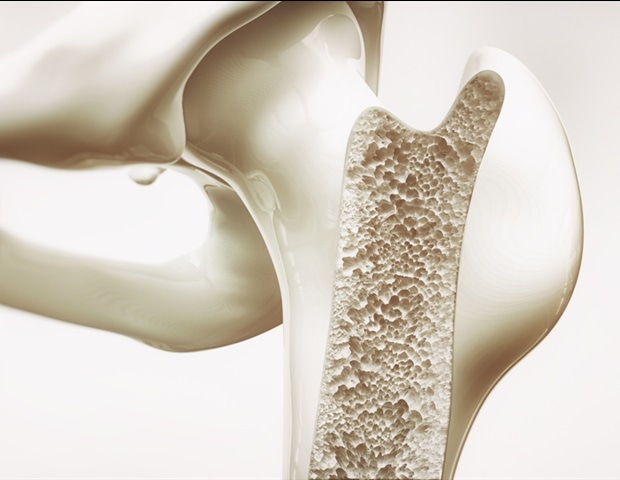Loss of bone mineral density (BMD) with age is an important cause of osteoporosis (deterioration of bone tissue), which has been reported as one of the leading causes of falls among older adults in Japan. This leads to fractures that require long-term nursing. Prevention of osteoporosis in the aging population can thus help decrease the burden of disease and healthcare costs substantially.
Early lifestyle habits can largely influence health and disease onset in old age. In this regard, physical activities pursued during adolescent years can go a long way in preserving long-term health. These effects can be largely attributed to the gain of bone mass, which peaks during the 20s, and subsequently begins to decline with age. Notably, studies have shown that a 10% increase in peak bone mass during adolescence can delay osteoporosis by up to 13 years. However, which types of adolescent sports activities played during junior high and high school years have a positive impact on BMD and bone health in older adults is not known.
To bridge this gap, a team of researchers from Juntendo University, Japan, recently examined the relationship between the type of sport played during adolescence, together with individual-specific features, and BMD in old age. The study, published in Volume 14 of Frontiers in Physiology on 12 October 2023, was conducted by Professor Yoshifumi Tamura from the Faculty of International Liberal Arts, along with Ms. Hikaru Otsuka and Dr. Hiroki Tabata from the Sportology Center, Dr. Ryuzo Kawamori from the Department of Metabolism & Endocrinology, and Dr. Hirotaka Watada from the Department of Metabolism & Endocrinology at the Graduate School of Medicine.
Giving further insights into their findings, Prof. Tamura explains: “BMD is difficult to increase once it decreases. Therefore, it is important to increase peak bone mass during adolescence to maintain BMD in old age. Our study sheds light on the importance of exercise in adolescence for the prevention of osteoporosis and provides scientific evidence for establishing early preventive measures against osteoporosis in the future.”
The study included 1,596 older adults aged between 65 and 84 years, from the Bunkyo Health Study, residing in Bunkyo-Ku, an urban area in Tokyo, Japan. The researchers evaluated their physical fitness, blood biomarker levels including vitamin D, and BMD of the femoral neck (upper region of the thigh bone) and lumbar spine (lower region of the spine) regions using dual-energy X-ray absorptiometry. Further, the subjects were interviewed to assess their participation in sports activities during their adolescence. Other parameters, including comorbidities, lifestyle habits, medical history, and current medication status, were also recorded for analysis.
The researchers noted that while femoral neck and lumbar spine BMD values were in the normal range for men, women had lower values for them, with a larger number taking osteoporosis medication. Conversely, diabetes, physical activity, current smoking, and alcohol intake were significantly higher in men. The most common adolescent sports activities included baseball/softball, basketball, judo, table tennis, tennis, volleyball, and swimming.
The study found that basketball was associated with significantly high femoral BMD in older men and women. Further, body weight and serum vitamin D levels were found to influence femoral BMD. On the contrary, women who participated in volleyball and swimming had a higher lumbar spine BMD. However, sports type was not associated with lumbar spine BMD in older men. Notably, body weight, serum vitamin D, and presence of diabetes, were found to influence lumbar spine BMD.
Overall, these findings suggest that older adults who engaged in high-impact sports activities in their adolescence experience enhanced BMD and bone health in their old age. Moreover, the researchers emphasize that BMD benefits are not only limited to athletes but also extend to those in the general population who had indulged in physical activities at junior high and high school.
An early sport activity, once pursued as a hobby, can very well lay the foundation for lifelong healthy bones. Considering the long-term impact on the health of older adults, high-impact sports activities which stimulate bone growth should thus be encouraged in junior and high schools.
“Physical exercise in adolescence affects BMD more than 50 years later in older adults. Our findings can guide the selection of sports played during adolescence for longer health benefits,” concludes Prof. Tamura.
Source:
Journal reference:
Otsuka, H., et al. (2023). Playing basketball and volleyball during adolescence is associated with higher bone mineral density in old age: the Bunkyo Health Study. Frontiers in Physiology. doi.org/10.3389/fphys.2023.1227639.
